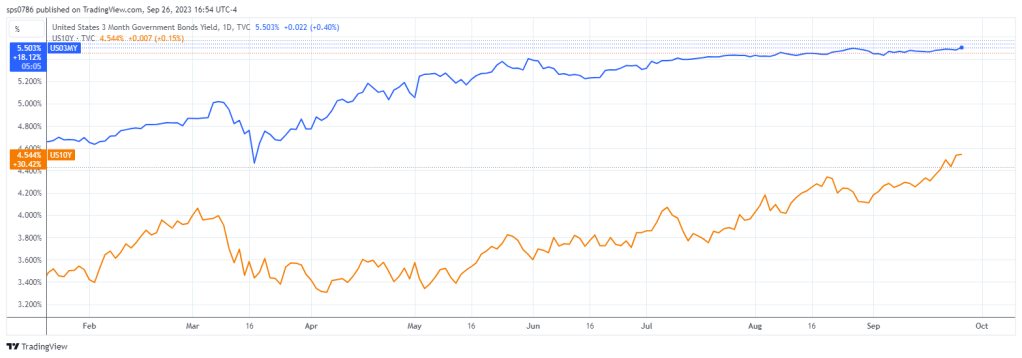Index funds are a type of investment fund that tracks a specific market index, such as the S&P 500 or the Dow Jones Industrial Average. These funds aim to replicate the performance of the index they track by holding the same stocks in the same proportions as the index itself. Here are some key points about index funds:
- Passive Investing: Index funds are considered passive investments because they don’t involve active stock selection or market timing. Instead, they aim to match the returns of the underlying index, providing investors with diversified exposure to a broad market or specific sector.
- Diversification: By investing in an index fund, investors gain exposure to a diversified portfolio of stocks that make up the index. This diversification helps reduce individual stock risk because losses from poorly performing stocks may be offset by gains from others in the index.
- Low Costs: Index funds typically have lower expense ratios compared to actively managed funds because they require minimal management and trading activity. This cost efficiency can lead to higher net returns for investors over the long term.
- Market Index: The performance of an index fund is closely tied to the performance of the market index it tracks. If the index experiences gains, the fund’s value increases, and conversely, if the index declines, the fund’s value decreases.
Now, let’s delve into bull and bear markets:
- Bull Market:
- A bull market refers to a period of rising stock prices and overall optimism in the financial markets.
- Characteristics of a bull market include increasing investor confidence, strong economic indicators (like GDP growth and low unemployment), and high levels of buying activity.
- During a bull market, stock prices tend to trend upward, leading to positive returns for investors. This can be a favorable environment for investments in equities and riskier assets.
- Bear Market:
- A bear market, on the other hand, is characterized by falling stock prices and widespread pessimism among investors.
- Bear markets often coincide with economic downturns, recessionary periods, or negative news and events that erode investor confidence.
- During a bear market, investors may experience losses in their portfolios, and there is typically a flight to safer assets such as bonds or cash.
Investors should consider these market conditions when making investment decisions. In a bull market, growth-oriented investments like stocks and equity funds may perform well, while in a bear market, defensive strategies such as bonds or diversified portfolios can help mitigate losses. Index funds can be beneficial in both market environments due to their diversified nature and low-cost structure.







